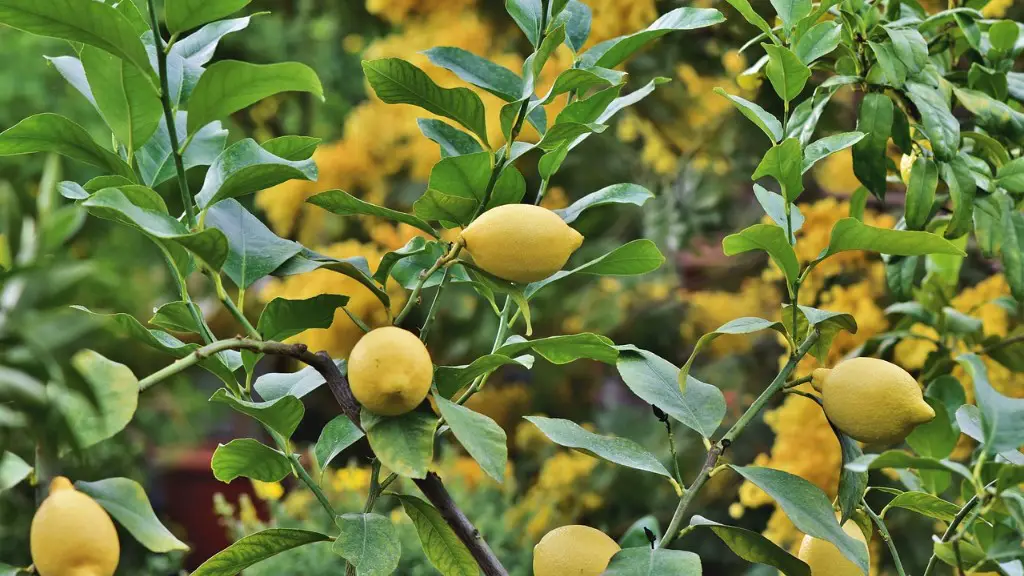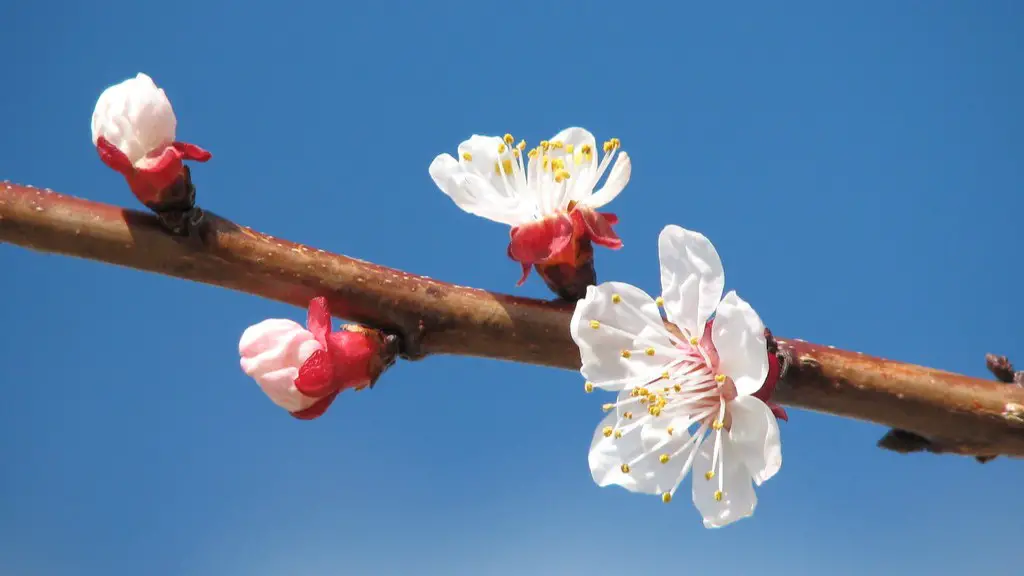One of the most popular citrus plants is the lemon tree. With its iconic yellow-colored fruit and tart flavour, they are often used in cooking, drinks and decorations. For those looking to add a lemon tree to their garden, understanding the best time to plant is essential for its success. Planting should take place in either spring or fall depending on the climate and region.
In areas with warm, temperate climates, the best time to plant a lemon tree is in the mid-spring when the ambient temperature outside is consistently around 60 degrees Fahrenheit. Planting earlier in the spring or late in the fall may both be unsuccessful if the temperatures are too cold for the tree’s young seedlings to survive. Gardeners should also be mindful of where the tree is planted and make sure it is protected from overly windy conditions.
When preparing to plant, the soil should be well-drained, moisture-retentive, and enriched with organic matter such as compost. Lemons require a substantial amount of sunlight, perfect for south-facing gardens, porches, and patios with direct sunlight. It’s always recommended to consult a specialist if unsure of the nutrition requirements of the soil.
When planting a lemon tree, the hole should be wider and deeper than the root ball. The soil should be tilled and amended with nutrients, and a slow-release fertilizer should be added to the bottom of the planting area. Place the root ball in the hole and backfill with quality soil. After planting, give the tree a good drink of water.
In cooler climates, the best time to plant a lemon tree is in early fall, in late August. In this climate, trees are very susceptible to cold temperatures and frost, so waiting until the ambient temperature is at least 40-50 degrees Fahrenheit is recommended. Conversely, planting in late spring or summer may compromise the establishment of the tree, so cultivating the tree in temperatures in around 50-60 degrees Fahrenheit is optimal.
It’s important to note that better results will be achieved by planting a fertilized, already grown lemon tree as more developed trees have stronger and healthier root systems. With good care, a well-planted lemon tree can be expected to generate fruit after 3-5 years.
Caring For The Lemon Tree
Lemon trees, when well looked after, can provide a generous amount of delicious, yellowy-fruit year after year. Primary care should include making sure the tree receives the right amount of water and sunlight. The tree will need a consistent water supply and should not be allowed to dry out completely. Lemon trees should get at least six hours of direct sunlight a day. In summer, when tree need more water, it’s advised to water twice a week and reduce waterings as the cooler weather approaches.
Fertilizing The Lemon Tree
Fertilizing the lemon tree is an essential part of its care, as it helps to encourage strong, healthy growth and production of fruit. An organic citrus fertilizer, with a ratio of 4-1-2 (Nitrogen-Phosphorus-Potassium) is the ideal choice for fertilizing a lemon tree in early spring and late summer. In winter, when the tree is resting, there’s no need for fertilizing; only water should be given to the tree during this period.
Pruning The Lemon Tree
Pruning a lemon tree is an important practice which encourages good structure and shape, and improves the quality of fruit. Pruning should take place in early summer, just after the tree has finished producing fruit. Prune off any dead or decayed branches first and then shape the tree by snipping off any shoots and branches growing in undesirable directions. This will promote more growth in parts that you’d like the lemon tree to flourish, and the shape of the tree will develop into a more attractive, larger lemon tree.
Common Disorders Of Lemon Trees
When taking good care of a lemon tree, it’s important to monitor it for developing disorders. The three most common disorders of lemon trees are poor pollination, lemon scab and nipple galls. Poor pollination is caused by colder than usual temperatures and protection from bee pollinators. Lemon scab is a fungal disease which appears as tan sunken spots on the rind. Natural treatments for scab include neem oil sprays and copper fungicides. Nipple galls are caused by the cyst nematode which can be treated with crop rotation and sensitive plant selection.
Harvesting Your Lemon Tree
At some point, that yellowy fruit will ripen and become a juicy, delicious lemon. Harvesting should take place when the lemons have brightened in colour and the fleshy parts have rounded edges. Using a sharp pair of shears, carefully cut the fruit away from the branch while avoiding pulling the branch or damaging it. Sort through the collection, discarding any diseased or worm-ridden fruit. Those juicy lemons can be used in countless dishes, drinks, and ingredients!


